Earth Observation and Artificial Intelligence for Improving Safety to Navigation in Canada Low-Impact Shipping Corridors
Abstract
1. Introduction
2. Study Area and Datasets
2.1. Study Area
2.2. Satellite Imagery
3. Methods
3.1. Visual Interpretation
- A band ratio, such as green/blue (G/B), was applied to images to enhance the contrast between shoals, land and deep water;
- Comparison of imagery acquired at various times where a potential hazard was found to avoid commission errors related to ice, cloud, cloud shadow, ship sediment, waves, floating debris, or wildlife; and
- Consultation of existing CHS products to determine if detected shoals have already been charted.
3.2. Automatic Analysis
3.2.1. Ground Truth Data Creation
3.2.2. Random Forest Classification
3.2.3. Neural Network Classification
4. Results
4.1. Visual Interpretation
4.2. Automatic Detection
4.2.1. Study Site 1
4.2.2. Study Site 2
5. Discussion
6. Conclusions
Author Contributions
Funding
Acknowledgments
Conflicts of Interest
References
- Government of Canada. World-Class Tanker Safety System: New Measures to Strengthen Oil spill Prevention, Preparedness and Response, and the Polluter Pay Principle. 22 December 2015. Available online: https://www.tc.gc.ca/eng/mediaroom/infosheets-menu-7672.html (accessed on 28 August 2019).
- Government of Canada. Investments under the Oceans Protection Plan to protect Canada’s Arctic Coast and Water. 27 August 2017. Available online: https://www.canada.ca/en/transport-canada/news/2017/08/investments_undertheoceansprotectionplantoprotectcanadasarcticco.html (accessed on 22 February 2018).
- Chénier, R.; Abado, L.; Sabourin, O.; Tardif, L. Northern marine transportation corridors: Creation and analysis of northern marine traffic routes in Canadian waters. Trans. GIS 2017, 21, 1085–1097. [Google Scholar] [CrossRef]
- Government of Canada. Harper Government Takes Action to Enhance Marine Safety in the Arctic. 30 July 2017. Available online: https://www.canada.ca/en/news/archive/2015/07/harper-government-takes-action-enhance-marine-safety-arctic.html (accessed on 19 February 2018).
- Chénier, R.; Abado, L.; Martin, H. CHS Priority Planning Tool (CPPT)—A GIS Model for Defining Hydrographic Survey and Charting Priorities. ISPRS Int. J. Geo-Inf. 2018, 7, 240. [Google Scholar] [CrossRef]
- Chénier, R.; Faucher, M.-A.; Ahola, R.; Jiao, X.; Tardif, L. Remote sensing approach for updating CHS charts. In Proceedings of the Canadian Hydrographic Conference, Halifax, NS, Canada, 16–17 May 2016. [Google Scholar]
- Panboonyuen, T.; Jitkajornwanich, K.; Lawawirojwong, S.; Srestasathiern, P.; Vateekul, P. Road segmentation of remotely-sensed images using deep convolutional neural networks with landscape metrics and conditional random fields. Remote Sens. 2017, 9, 680. [Google Scholar] [CrossRef]
- Lawrence, R.; Wood, S.; Sheley, R. Mapping invasive plants using hyperspectral imagery and Breiman Cutler classifications (random forest). Remote Sens. Environ. 2006, 100, 356–362. [Google Scholar] [CrossRef]
- Rodriguez-Galiano, V.; Ghimire, B.; Rogan, J.; Chica-Olmo, M.; Rigol-Sanchez, J. An assessment of the effectiveness of a random forest classifier for land-cover classification. ISPRS J. Photogramm. Remote Sens. 2012, 67, 93–104. [Google Scholar] [CrossRef]
- White, L.; Millard, K.; Banks, S.; Richardson, M.; Pasher, J.; Duffe, J. Moving to the RADARSAT Constellation Mission: Comparing Synthesized Compact Polarimetry and Dual Polarimetry Data with Fully Polarimetric RADARSAT-2 Data for Image Classification of Peatlands. Remote Sens. 2017, 9, 573. [Google Scholar] [CrossRef]
- van Beijma, S.; Comber, A.; Lamb, A. Random forest classification of salt marsh vegetation habitats using quad-polarimetric airborne SAR, elevation and optical RS data. Remote Sens. Environ. 2014, 149, 118–129. [Google Scholar] [CrossRef]
- Corcoran, J.; Knight, J.; Gallant, A. Influence of Multi-Source and Multi-Temporal Remotely Sensed and Ancillary Data on the Accuracy of Random Forest Classification of Wetlands in Northern Minnesota. Remote Sens. 2013, 5, 3212–3238. [Google Scholar] [CrossRef]
- Fukushima, K. Neocognitron: A hierarchical neural network capable of visual pattern recognition. Neural Netw. 1988, 1, 119–130. [Google Scholar] [CrossRef]
- LeCun, Y.; Bottou, L.; Bengio, Y.; Haffner, P. Gradient-based learning applied to document recognition. Proc. IEEE 1998, 86, 2278–2323. [Google Scholar] [CrossRef]
- Simard, P.; Steinkraus, D.; Platt, J. Best practices for convolutional neural networks applied to visual document analysis. In Proceedings of the 7th International Conference on Document Analysis and Recognition, Edinburgh, UK, 6 August 2003. [Google Scholar]
- Ciresan, D.; Meier, J.; Masci, J.; Gambardella, L.; Schmidhuber, J. Flexible, high performance convolutional neural networks for image classification. In Proceedings of the 22nd International Joint Conference on Artificial Intelligence, Manno-Lugano, Switzerland, 19–22 July 2011. [Google Scholar]
- Song, A.; Kim, Y.; Kim, Y. Change detection of surface water in remote sensing images based on fully convolutional network. J. Coast. Res. 2019, 91, 426–430. [Google Scholar] [CrossRef]
- Pu, F.; Ding, C.; Chao, Z.; Yu, Y.; Xu, X. Water-quality classification of inland lakes using Landsat8 images by convolutional neural networks. Remote Sens. 2019, 11, 1674. [Google Scholar] [CrossRef]
- Fu, G.; Lie, C.; Zhou, R.; Sun, T.; Zhang, Q. Classification for high resolution remote sensing imagery using a fully convolutional network. Remote Sens. 2017, 9, 498. [Google Scholar] [CrossRef]
- Long, J.; Shelhamer, E.; Darrell, T. Fully Convolutional Networks for Semantic Segmentation. In Proceedings of the Conference on Computer Vision and Pattern Recognition (CVPR), Boston, MA, USA, 7–12 July 2015. [Google Scholar]
- Liu, S.; Qi, Z.; Li, X.; Yeh, A.-O. Integration of convolutional neural networks and object-based post-classification refinement for land use and land cover mapping with optical and SAR data. Remote Sens. 2019, 11, 690. [Google Scholar] [CrossRef]
- Ronneberger, O.; Fischer, P.; Brox, T. U-Net: Convolutional Networks for Biomedical; Computer Science Department and BIOSS Centre for Biological Signalling Studies, University of Freiburg: Breisgau, Germany, 2015. [Google Scholar]
- Flood, N.; Watson, F.; Collett, L. Using a U-net convolutional neural network to map woody vegetation extent from high resolution satellite imagery across Queensland, Australia. Int. J. Appl. Earth Obs. Geoinf. 2019, 82, 101897–101912. [Google Scholar] [CrossRef]
- Zhang, Z.; Liu, Q.; Wang, Y. Road Extraction by Deep Residual U-Net. IEEE Geosci. Remote Sens. 2018, 15, 749–753. [Google Scholar] [CrossRef]
- Zhang, P.; Ke, Y.; Zhang, Z.; Wang, M.; Li, P.; Zhang, S. Urban Land Use and Land Cover Classification Using Novel Deep Learning Models Based on High Spatial Resolution Satellite Imagery. Sensors 2018, 18, 3717. [Google Scholar] [CrossRef] [PubMed]
- International Hydrographic Organization. Regulations of the IHO for International (INT) Charts (S-4), Edition 4.8.0; International Hydrographic Organization: Monaco-Ville, Monaco, 2019. [Google Scholar]
- Chénier, R.; Ahola, R.; Sagram, M.; Faucher, M.-A.; Shelat, Y. Consideration of level of confidence within multi-approach satellite-derived bathymetry. Int. J. Geo-Inf. 2019, 8, 48. [Google Scholar] [CrossRef]
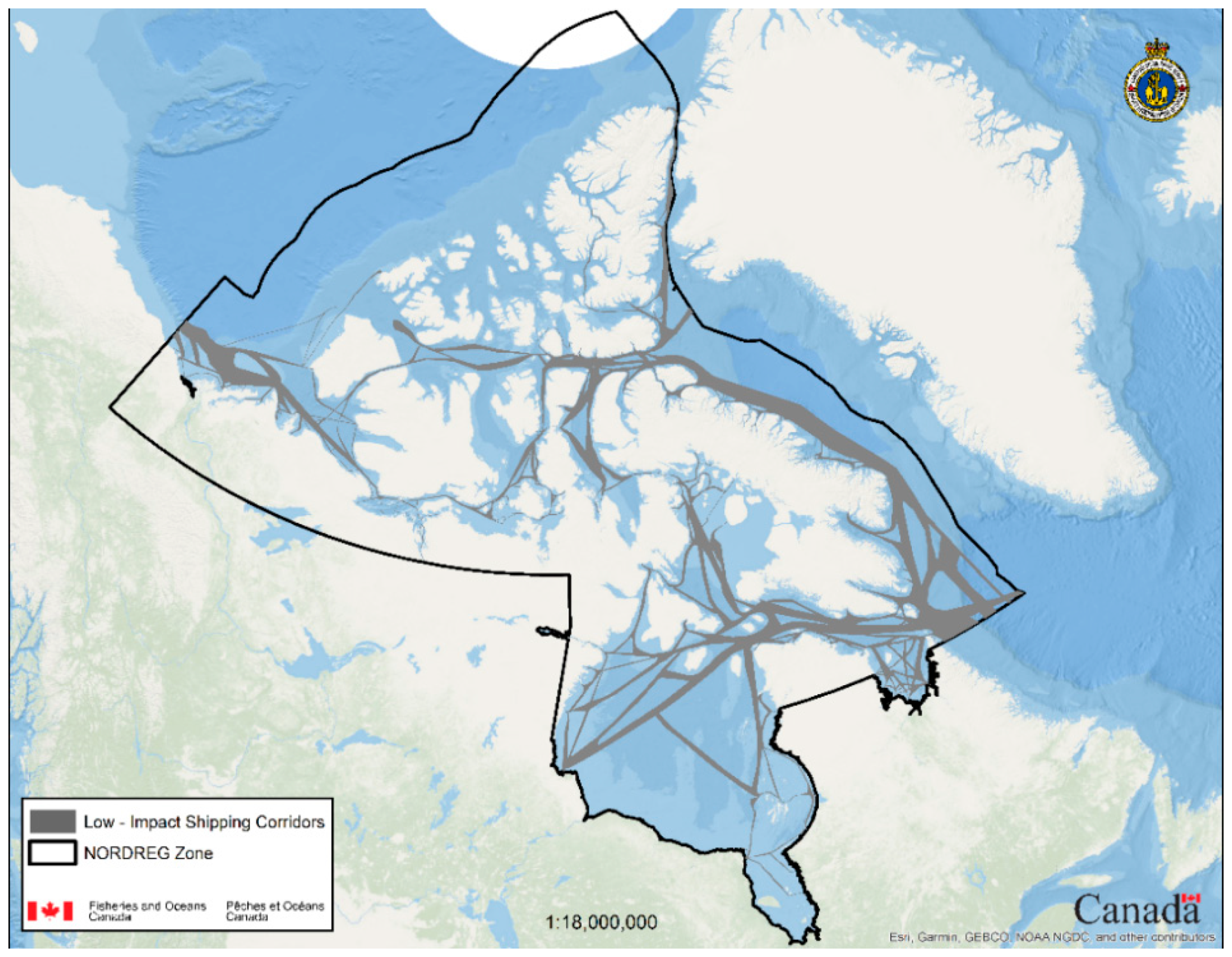
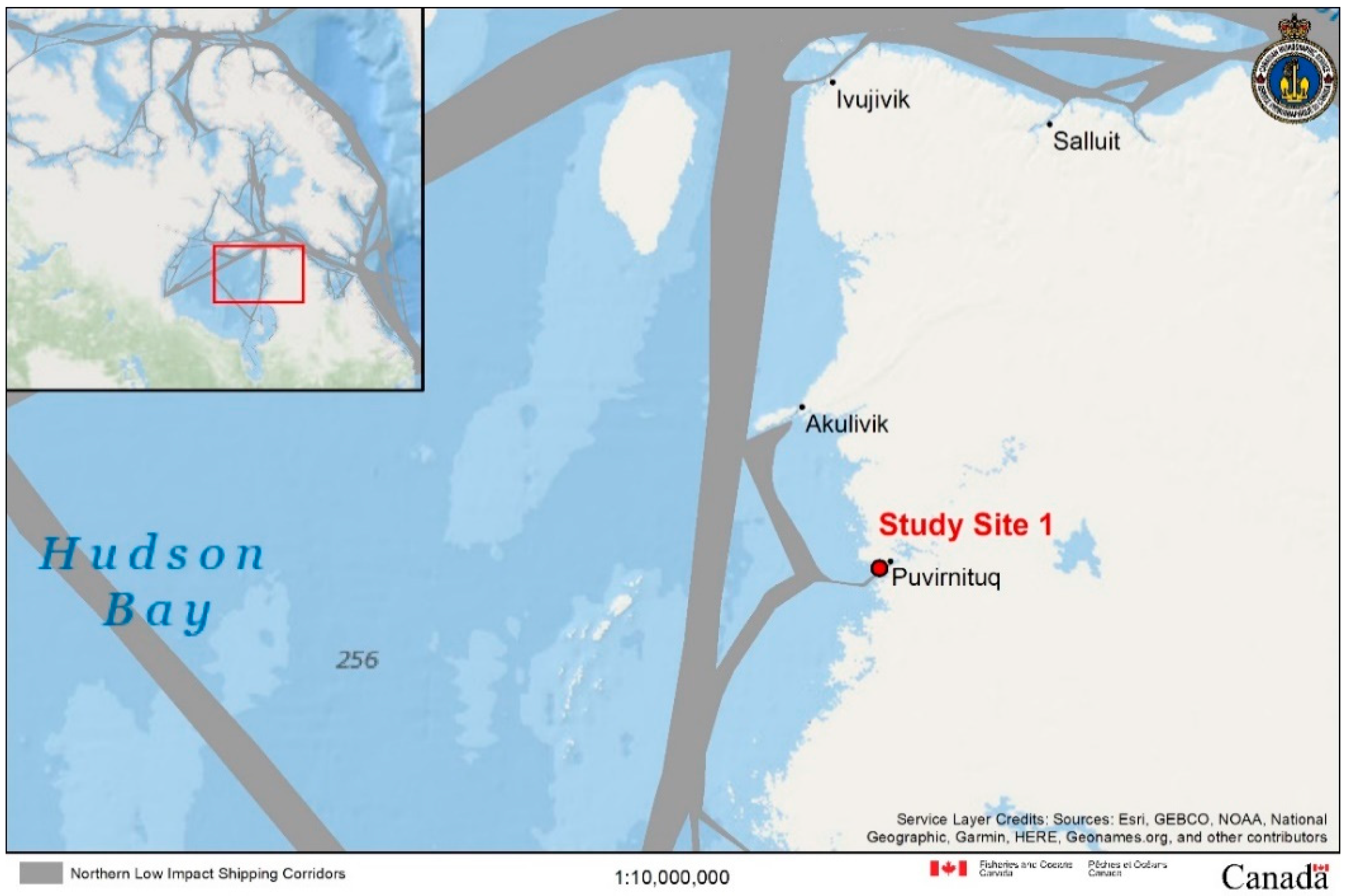
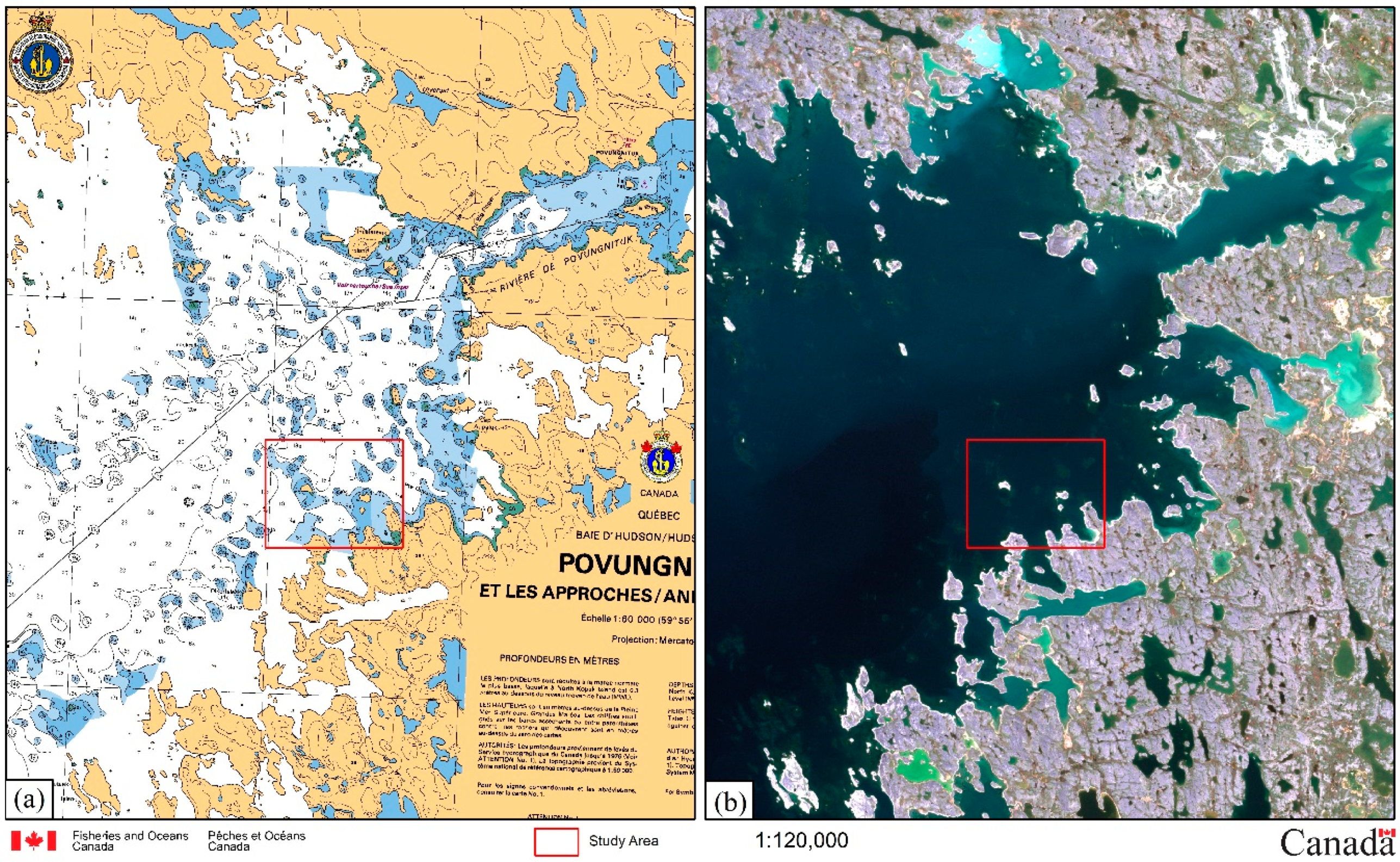
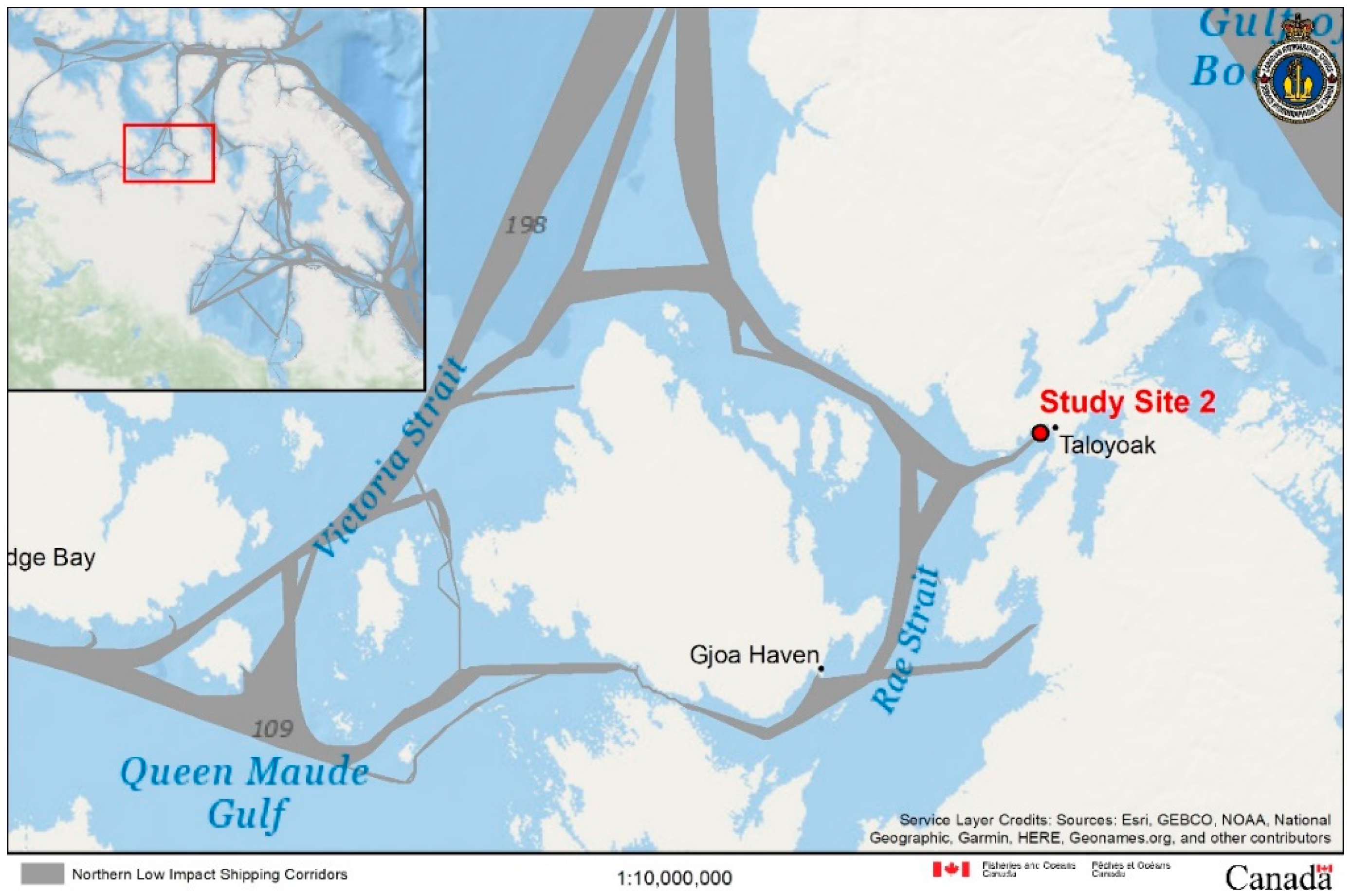
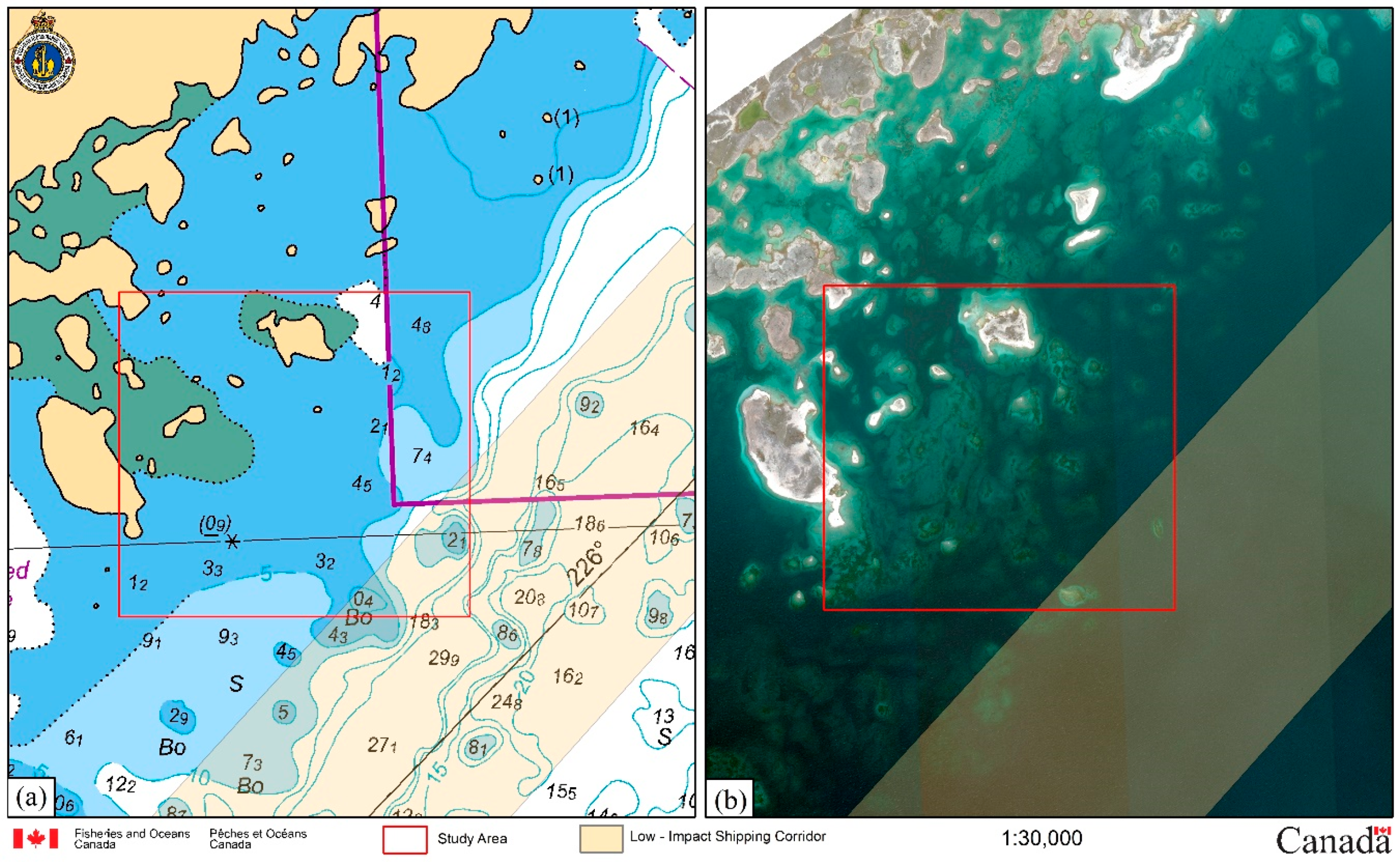
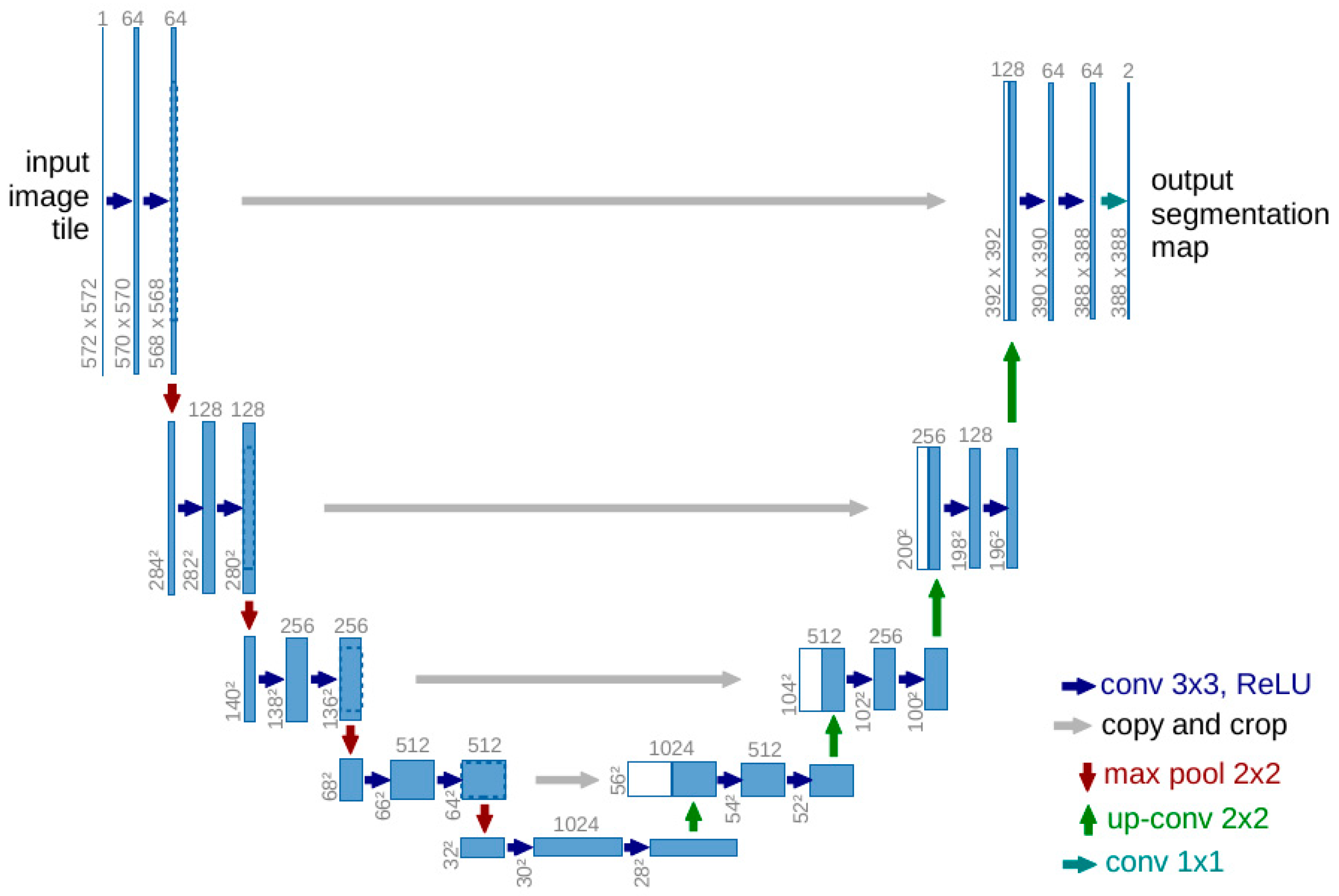
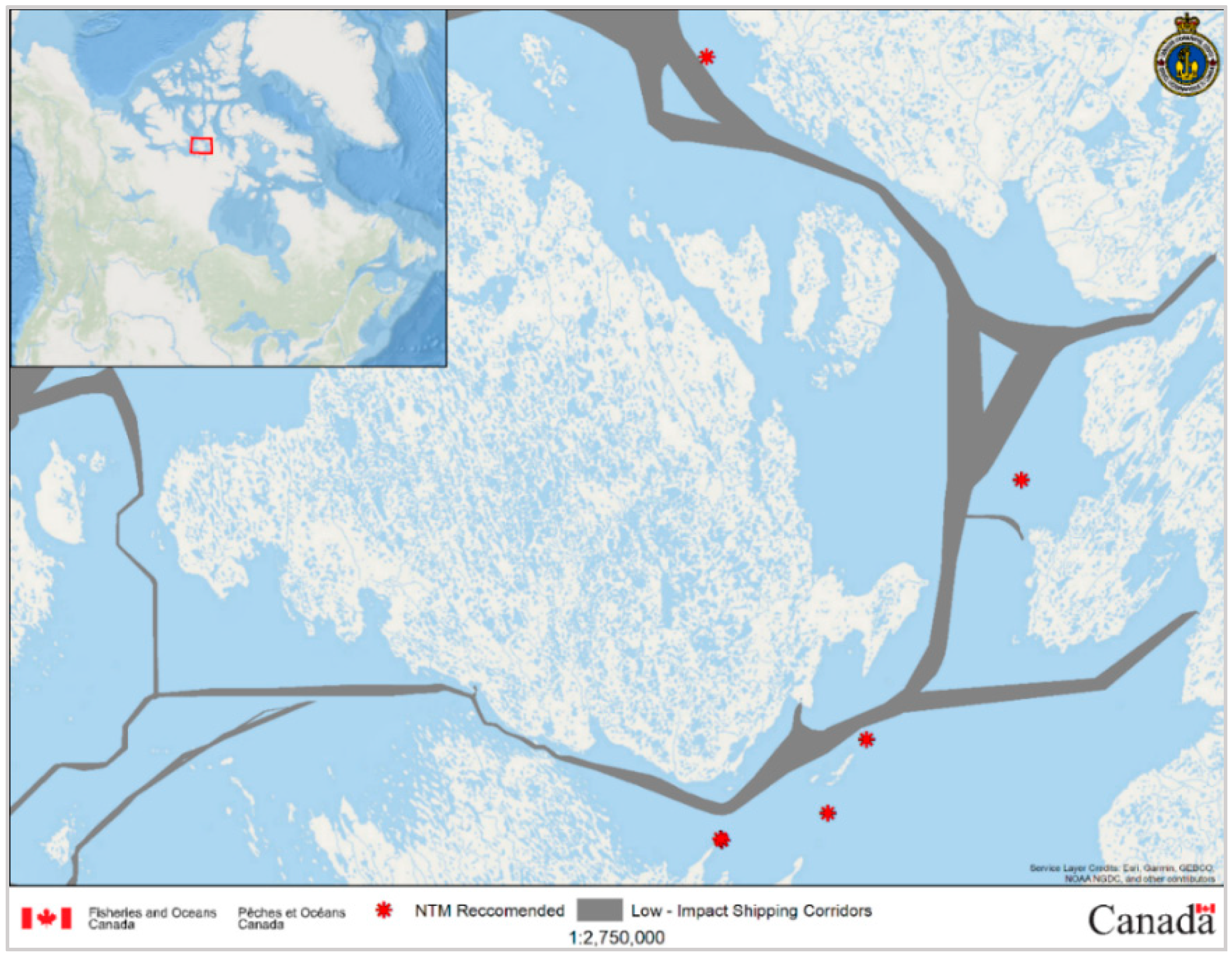
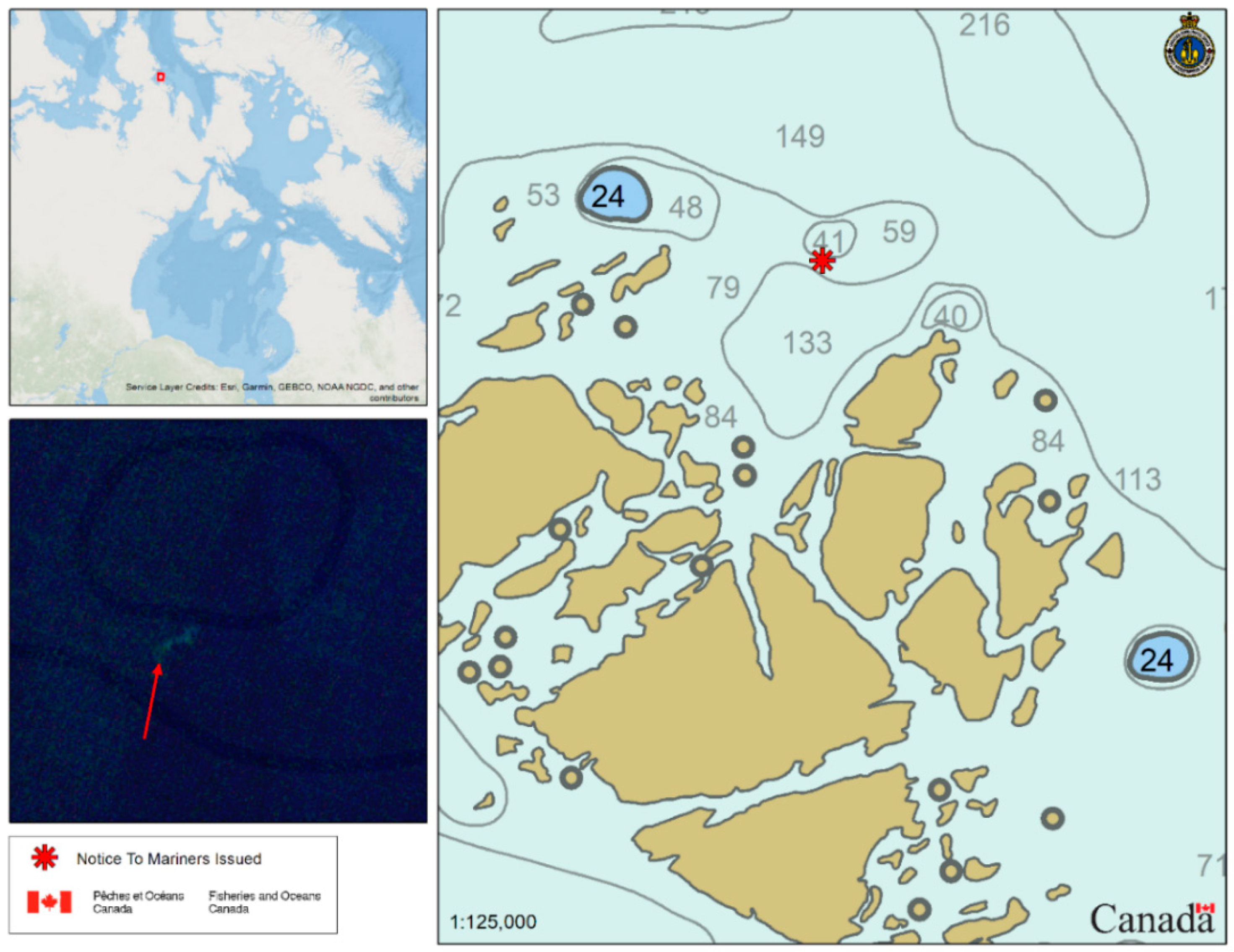
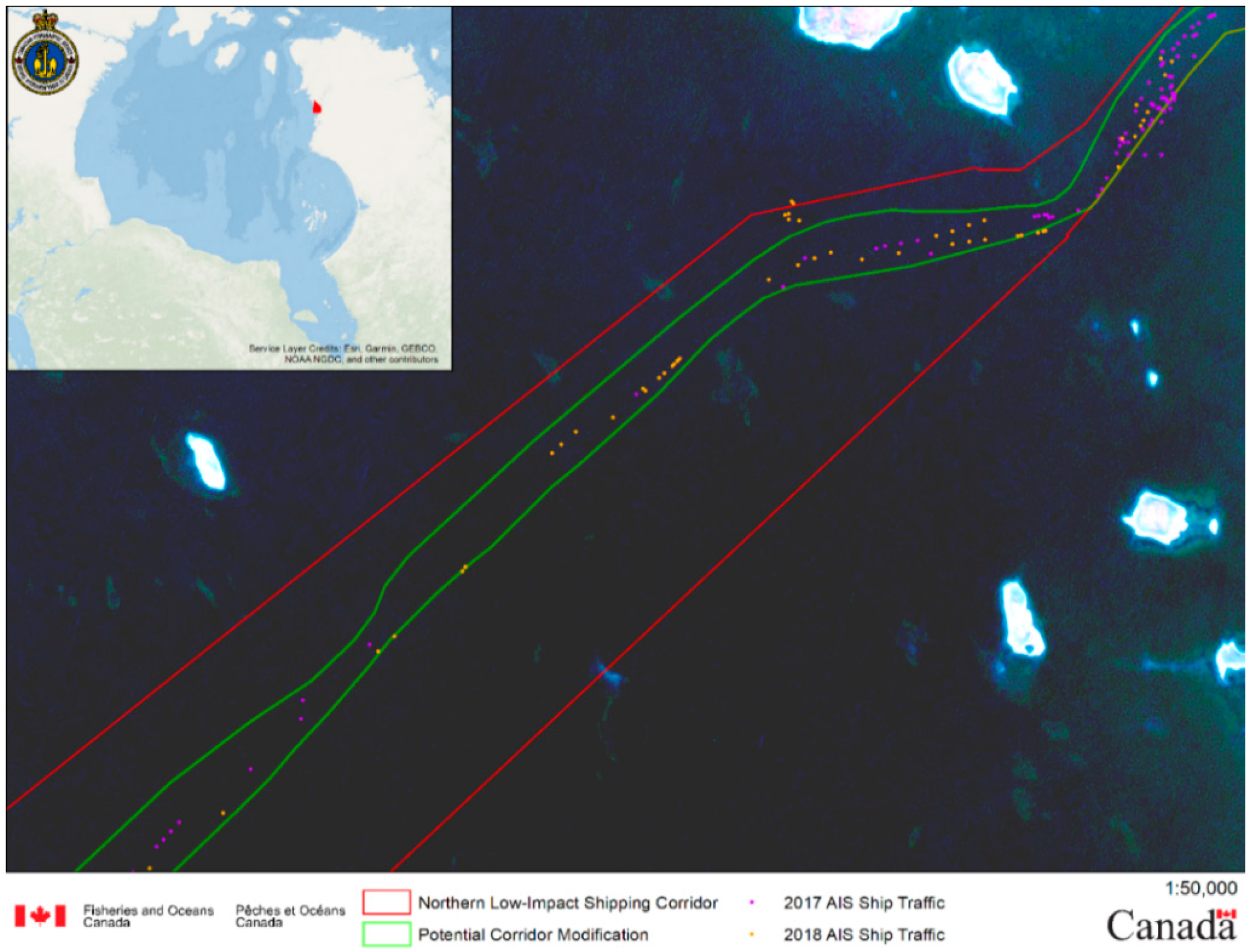
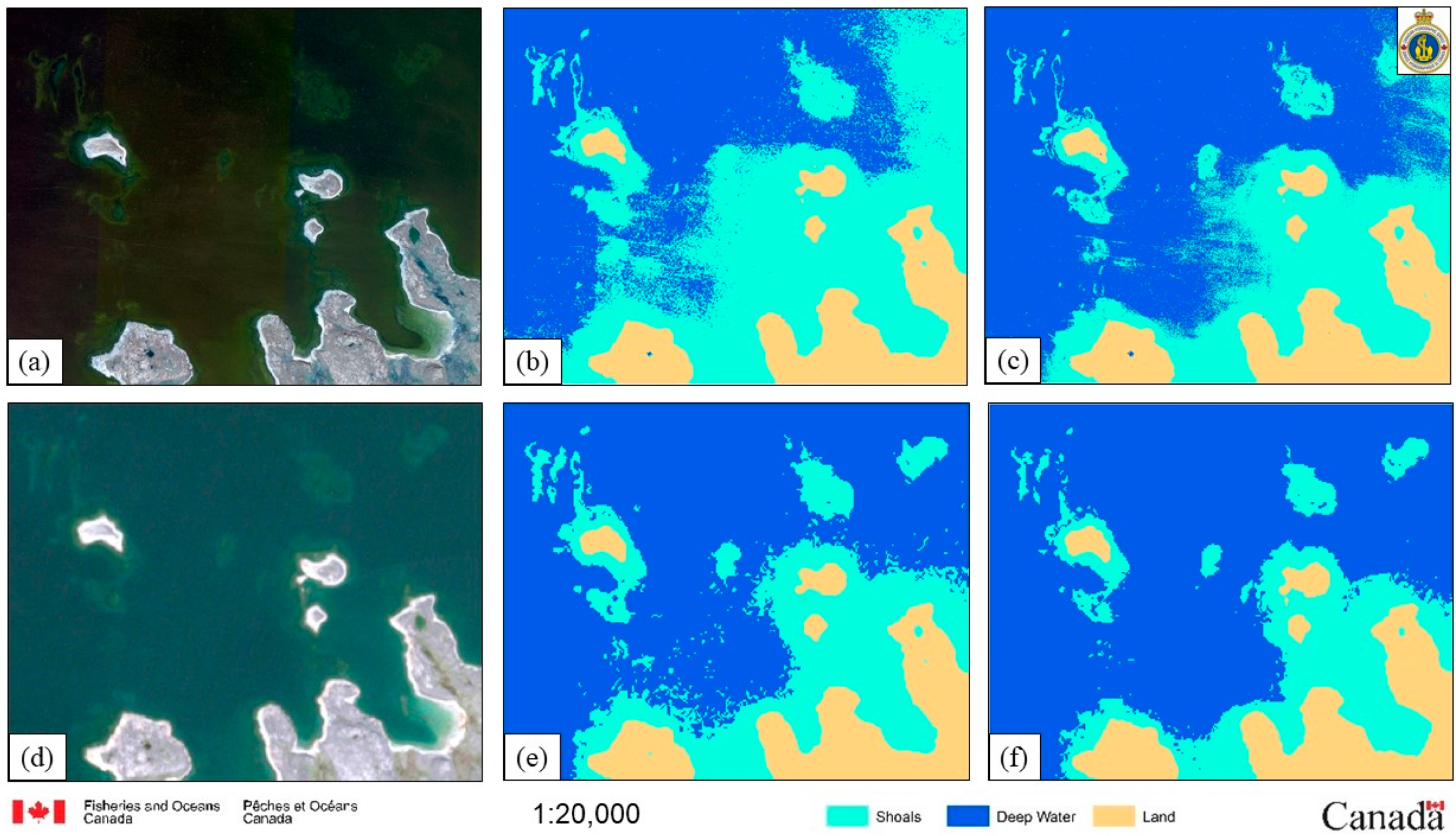
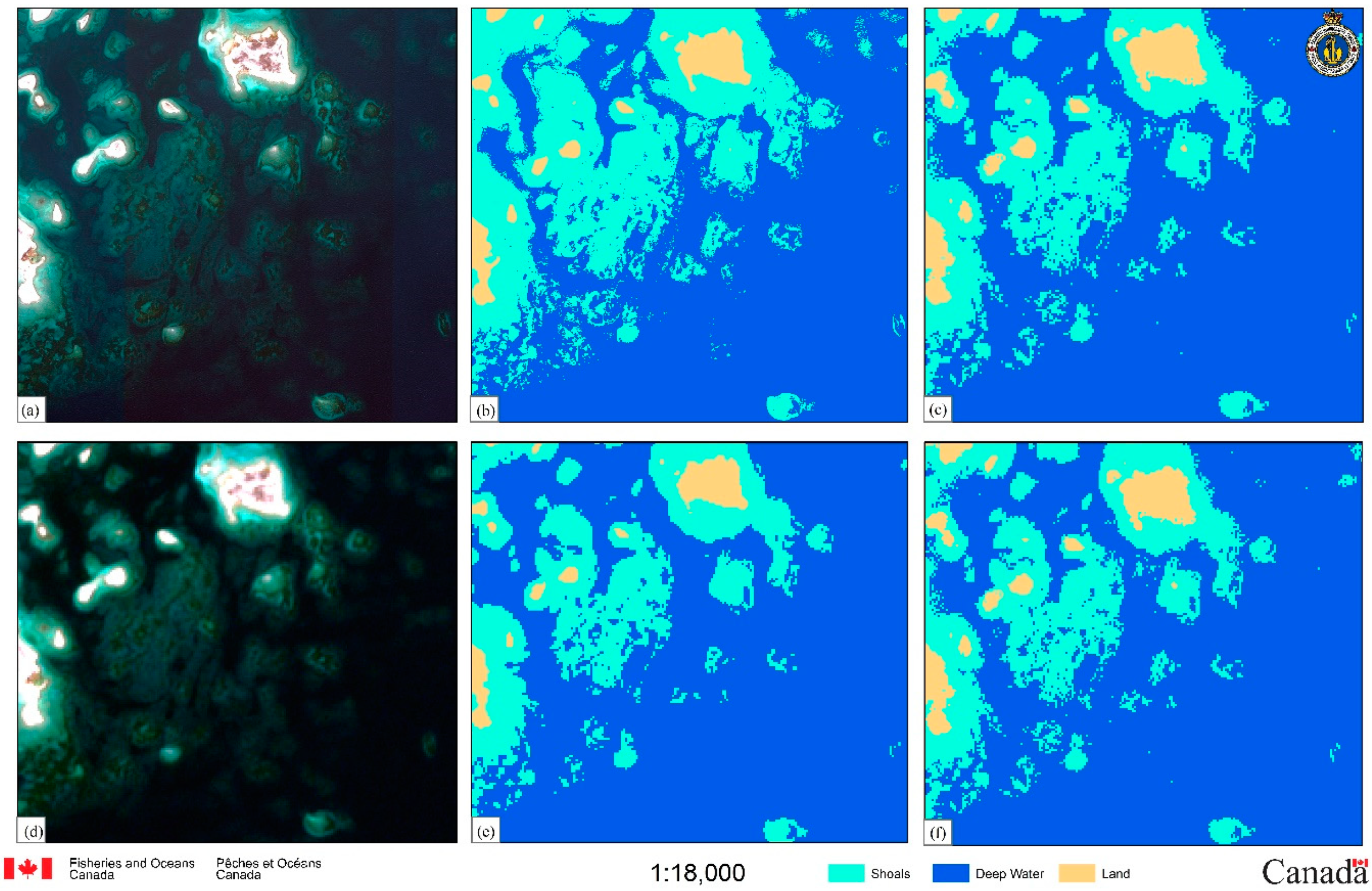
| Sensor | Swath Width (km) | Resolution (m) | Bands Used |
|---|---|---|---|
| Landsat 8 | 185 | 30 m | Blue, Green, Red, NIR |
| Sentinel-2 | 290 | 10 m | Blue, Green, Red, NIR |
| PlanetScope | 24.6 | 3 m | Blue, Green, Red, NIR |
| Study Site | Sensor | Date | Bands Used |
|---|---|---|---|
| 1 | Worlview-2 | 21 August 2017 | Blue, Green, Red, NIR1 |
| 1 | Sentinel-2 | 21 August 2019 | Blue, Green, Red, NIR |
| 2 | Worlview-2 | 13 August 2017 | Blue, Green, Red, NIR1 |
| 2 | Sentinel-2 | 13 August 2018 | Blue, Green, Red, NIR |
| Sensor | Classifier | Commission Error (%) | Omission Error (%) | Overall Accuracy (%) |
|---|---|---|---|---|
| WorldView-2 | Convolutional Neural Network | 17.36 | 1.21 | 92.69 |
| WorldView-2 | Random Forest | 5.68 | 9.20 | 93.50 |
| Sentinel-2 | Convolutional Neural Network | 5.68 | 20.00 | 87.61 |
| Sentinel-2 | Random Forest | 2.31 | 30.14 | 89.41 |
| Sensor | Classifier | Commission Error (%) | Omission Error (%) | Overall Accuracy (%) |
|---|---|---|---|---|
| WorldView-2 | Convolutional Neural Network | 20.72 | 28.34 | 81.15 |
| WorldView-2 | Random Forest | 0.60 | 38.33 | 84.50 |
| Sentinel-2 | Convolutional Neural Network | 13.12 | 41.32 | 79.90 |
| Sentinel-2 | Random Forest | 15.22 | 41.57 | 79.15 |
© 2020 by the authors. Licensee MDPI, Basel, Switzerland. This article is an open access article distributed under the terms and conditions of the Creative Commons Attribution (CC BY) license (http://creativecommons.org/licenses/by/4.0/).
Share and Cite
Chénier, R.; Sagram, M.; Omari, K.; Jirovec, A. Earth Observation and Artificial Intelligence for Improving Safety to Navigation in Canada Low-Impact Shipping Corridors. ISPRS Int. J. Geo-Inf. 2020, 9, 383. https://doi.org/10.3390/ijgi9060383
Chénier R, Sagram M, Omari K, Jirovec A. Earth Observation and Artificial Intelligence for Improving Safety to Navigation in Canada Low-Impact Shipping Corridors. ISPRS International Journal of Geo-Information. 2020; 9(6):383. https://doi.org/10.3390/ijgi9060383
Chicago/Turabian StyleChénier, René, Mesha Sagram, Khalid Omari, and Adam Jirovec. 2020. "Earth Observation and Artificial Intelligence for Improving Safety to Navigation in Canada Low-Impact Shipping Corridors" ISPRS International Journal of Geo-Information 9, no. 6: 383. https://doi.org/10.3390/ijgi9060383
APA StyleChénier, R., Sagram, M., Omari, K., & Jirovec, A. (2020). Earth Observation and Artificial Intelligence for Improving Safety to Navigation in Canada Low-Impact Shipping Corridors. ISPRS International Journal of Geo-Information, 9(6), 383. https://doi.org/10.3390/ijgi9060383





